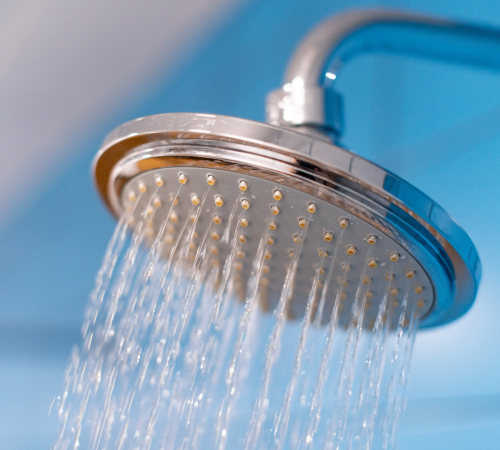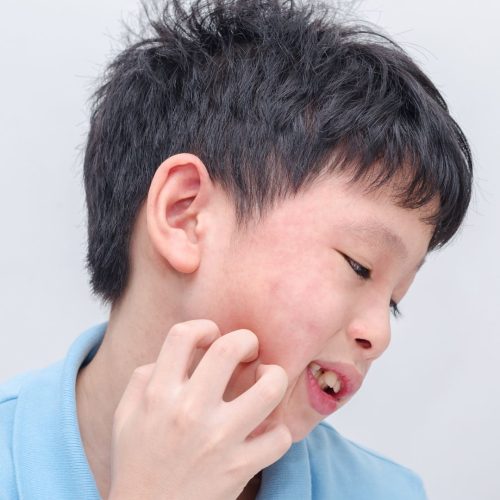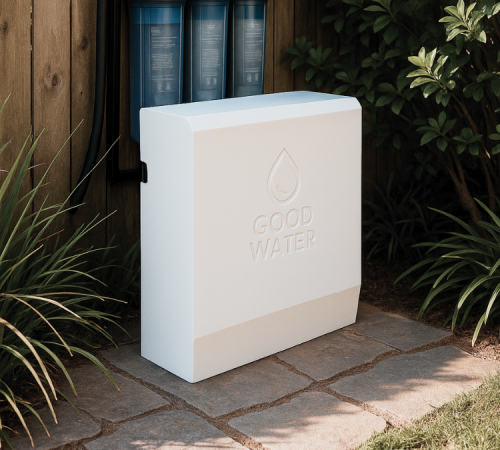
You don’t just drink your water — you bathe in it, breathe it, and absorb it through your skin. And if it’s unfiltered, that daily routine could be doing more harm than you realise.
Whether it’s a steamy shower, a long bath after a stressful day, or your baby’s evening soak, unfiltered water means chemical exposure you can’t see — but your body can feel.
When you take a hot shower, chlorine and other volatile chemicals become airborne. You breathe them in with every breath of steam. It’s a fast, direct pathway into your bloodstream, bypassing digestion entirely. Studies have shown that shower steam can actually expose you to more chlorine than drinking the water itself.
Inhaling chlorinated steam has been linked to respiratory irritation, worsened asthma, and even long-term health concerns associated with disinfection byproducts like trihalomethanes (THMs).
Your skin is your body’s largest organ — and it absorbs what you soak in. Warm water opens your pores, increasing the rate of absorption. When your bath or shower water contains chlorine, lead, copper, or PFAS, your body becomes a direct entry point for these chemicals.
Many people experience dry, itchy skin or flare-ups of eczema and psoriasis without realising their water is the cause. Children are especially vulnerable. Their skin is more porous, and they absorb more chemicals per body weight than adults.
The same goes for your hair. Chlorine weakens hair structure, fades colour-treated hair, and causes long-term dryness or brittleness.
Bathing may feel gentler than a shower, but it often involves longer exposure. Children may sit in bathwater for 15–30 minutes, soaking in unfiltered water through skin and inhaling steam from the surface.
It’s especially concerning for toddlers, who are still developing their skin barrier and immune system
When you think about water exposure, drinking comes to mind. But in reality, your family’s contact with water happens far more through:
Without filtration at the point of entry, every one of those touchpoints is a source of possible chemical exposure.


Filtering your drinking water is a start, but it doesn’t protect you in the bathroom — where much of the chemical exposure actually occurs. That’s why we recommend:
Good water should leave your family clean, calm, and cared for — not itchy, irritated, or exposed.
